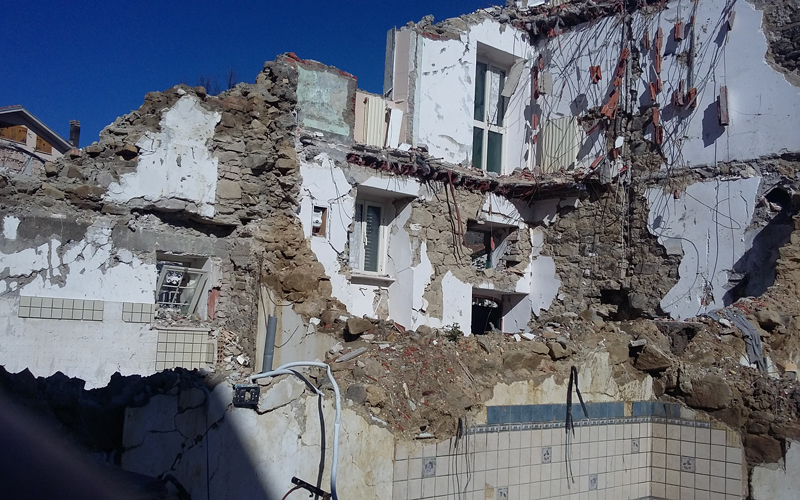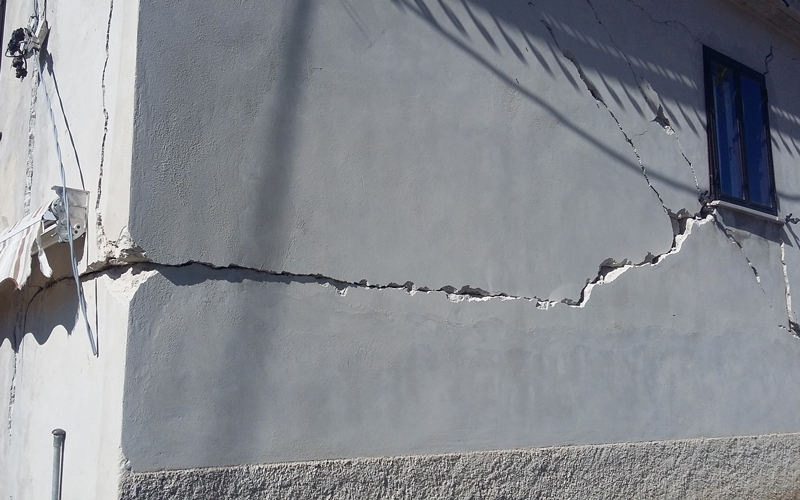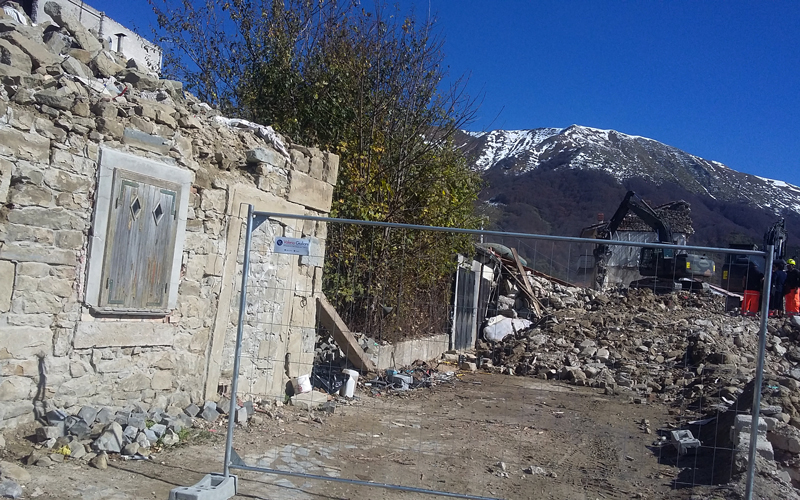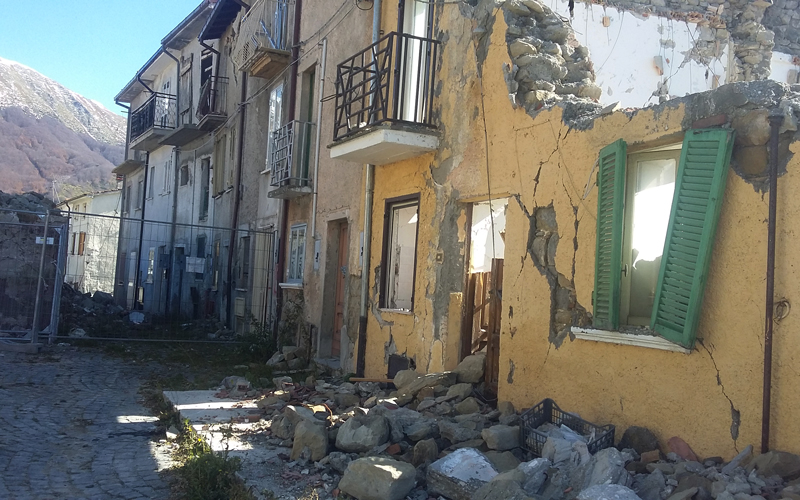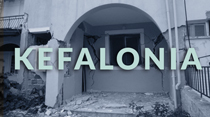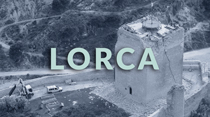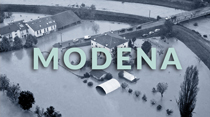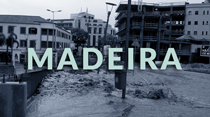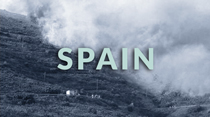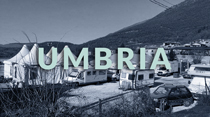The Umbria Showcase in a nutshell
The 2016-2017 seismic swarm in a multi-hazard environment in Central Italy
The 2016 earthquake that affected Central Italy starting from the 24th of August, provoking 300 victims, initiated a seismic swarm with the peak of the 30th October 2016, 6.5 on the Richter scale with an epicenter at only 5 km from the city of Norcia, a little important historic town in the Umbria Region. The latter earthquake of the 30th of October at 7:40 in Italy has been the strongest ( 6.5. M W) after the Irpinia one in 1980 (6.9 M W).
The dynamicity of the event implied that the emergency situation was renewed after the October shake, as if nothing had been done before. If in the previous months only four municipalities were considered as the core disaster area, after the 30th of October earthquake 140 municipalities have entered in the very large core area, with an affected population of 200.000 people, most of whom in the regions of Marche and Lazio. Still also the Umbria region has witnessed significant damage and a much larger number of affected people.
While nobody was fortunately killed in Umbria region due to the 30th October shake, significant damage was suffered by several constructions and by the cultural heritage. The historic centre has been evacuated, even though residential houses resisted relatively well, also thanks to prior retrofitting after the 1979 Val Nerina and 1997 earthquakes that had affected the same area. More than 2000 people, representing almost half of the total population of the municipality, had to be relocated either in temporary shelters or in other ways (hotels and rentals). Damage to cultural heritage and particularly to churches was severe instead after the 30th October shake. The famous Church of San Benedetto dating back to the XIV century, the Cathedral of Santa Maria Argentea and the Church of San Francesco in the city of Norcia completely or in large part collapsed.
Available data and expected uses of data
The Umbria Region concurred together with the other regions to the report presented to DG REGIO to ask for the Solidarity Fund, that has been granted with a large economic effort on the side of the Commission considering the maximum availability per year. Reports were prepared also for the various meetings with the other affected regions and the Commissioner for Reconstruction permitting a rather close recording of the evolution of damage overtime. For this reason the case study is well suited for a number of applications, including understanding the compensation mechanism according to the various ordinances and decrees (both national and regional), forensic investigation of damage and possibly also improvement of risk modelling capacity. The case provides a unique opportunity to carry out in depth investigation of all of the three sectors that are the specific focus of LODE: critical infrastructures, businesses and cultural heritage.
The January 2017 snowstorm in a multi-hazard environment in Central Italy
A severe snowfall event hit the Adriatic side of Central Italy from 15th to 24th January 2017 as a consequence of cold currents from the Balkans. The snowstorm provoked first severe impacts on the transportation system, leaving several hamlets especially in the mountain areas isolated for even days. However the most relevant and exceptional impact occurred on the power system, making it one of the worst blackout events that affected Italy in the last decade starting from the 16th of January and lasting in some areas for more than 9 days.
Thousands of customers lost their connection with central localities and experienced power, heating and water scarcity and telecommunication disruption simultaneously.
One of the first but widespread impacts of this snow coverage revealed itself as accretion on powerlines, inducing additional loads on conductors and making them much heavier than their bearing resistance and causing breakdown of numerous overhead High Tension transmission lines (operated by TERNA) and Medium and Low Tension distribution lines (operated by ENEL). The power system was also exposed to induced damages due to toppling of excessively overloaded and destroyed trees on the conductors. Moreover, snow accretion provoked damages on substation components leaving some primary and secondary cabins out of service and creating interruptions on a larger scale and causing collapses of supporting structures like lattice towers and piles. The Province of Teramo was the most impacted province in Abruzzo Region, however also the regions of Marche and Umbria experienced blackouts and widespread outages.
On the 18th of January 2017, several shakes hit the province of l’Aquila, the strongest of which were recorded as respectively 5.1 and 5.5 on the Richter scale, very close to a number of localities such as Campotosto and Capitignano. On that occasion, it is still a matter of debate if related or not to the shake, a huge avalanche affected a hotel in a remote area of the Rigopiano municipality, completely isolated due to the snow on the only road connecting it to the valley and more central areas. The event became famous for the unfortunate death of 29 people, guests and workers of the hotel.
The snowstorm was rather exceptional and occurred in conjunction with other independent hazards; it is a rather dramatic example of damage and malfunction to critical infrastructures such as power and transport systems, also in combination with each other (due to the impossibility to restore power in areas that could not be reached because roads were completely covered by snow).
Available data and expected uses of data
This event represented a turning point for the two mainly affected and implied companies, ENEL and TERNA: they opened a website devoted to inform anyone about the outage and the activities that were under way to face and solve the situation. The websites, particularly that of ENEL provided a significant amount of information that could be use to draw a report of the event even without being part of any administration or civil protection authority. In this case we can also refer to the data of the Umbria region that reported damage due to the snowstorm and to the outages.







